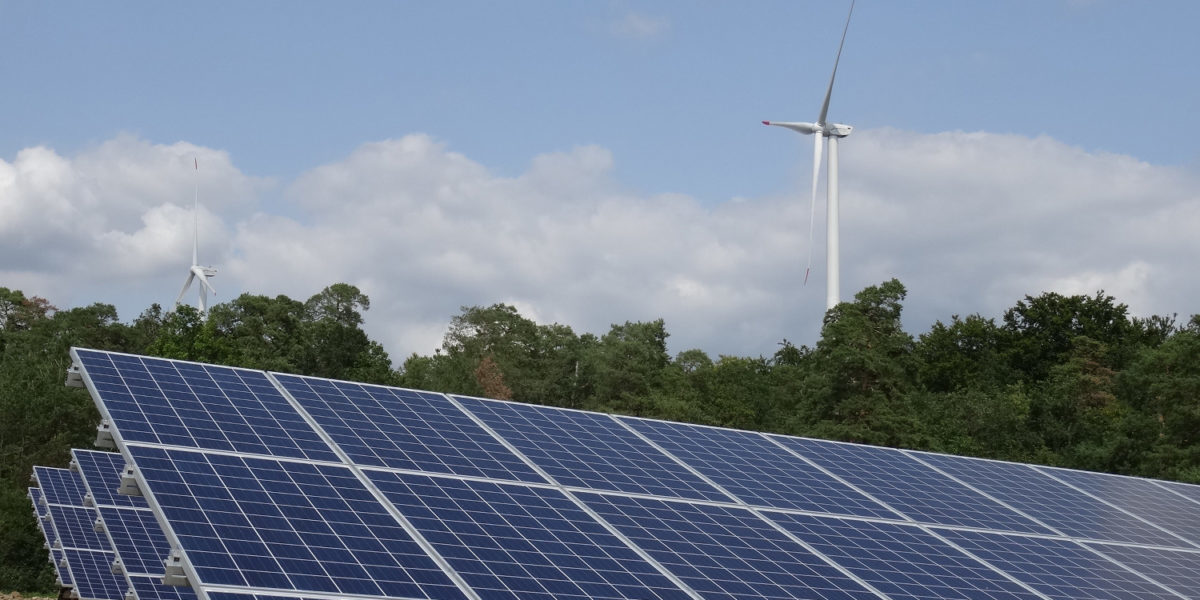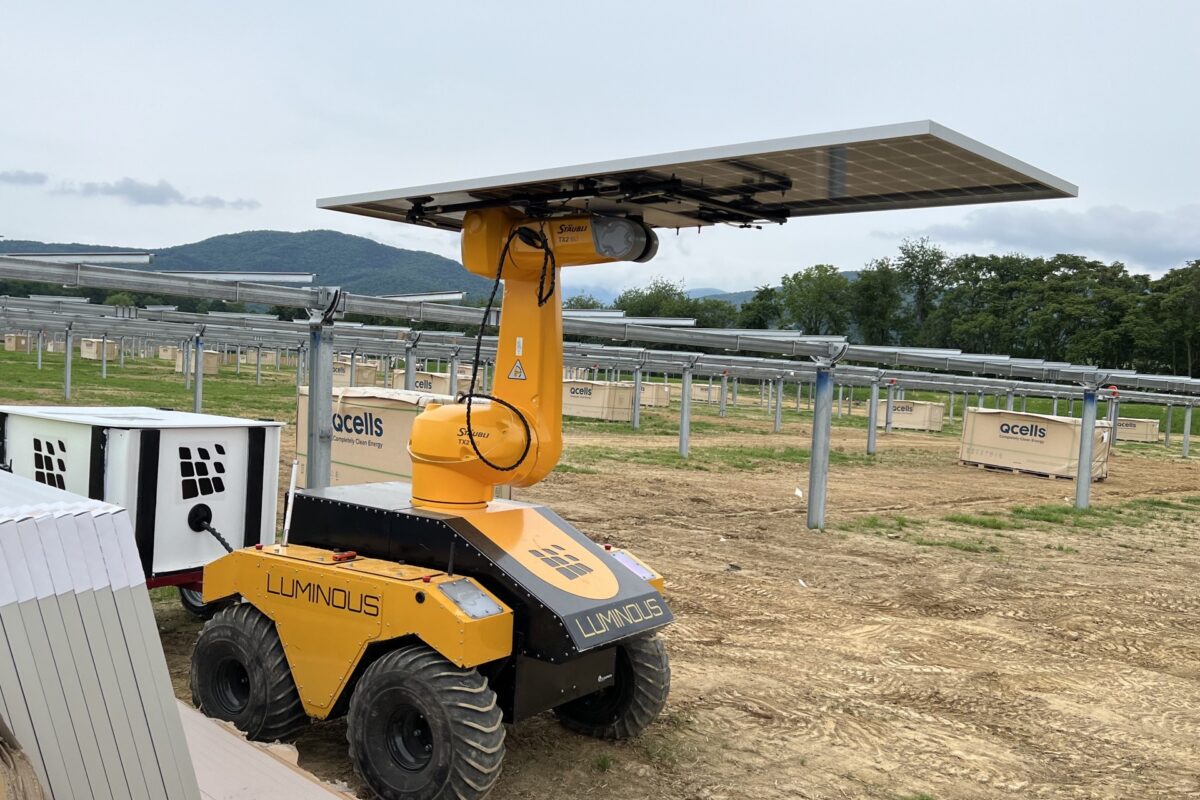In its Annual Report for 2017-18 financial year tabled in the Australian Senate, the Clean Energy Finance Corporation (CEFC) has confirmed it set a new record in investment commitments across the clean energy sector, and revealed it would be looking to ensure there is no significant constraint on its investment capacity.
A total of $2.3 billion in new finance commitments included $1.1 billion in renewable energy, $944 million in energy efficiency, $100 million in transport and $127 million in waste-related projects.
In terms of renewable energy, the CEFC invested in 10 large-scale solar projects and four wind farms, to deliver an additional 1,100 MW in clean energy across Australia.
Noting that its methodology is to seek to crowd in private sector investment and engage capital markets to operate effectively in the private energy sector, the CEFC has reported a significant shift in the markets.
“This year has seen industry seizing the challenges and opportunities offered by decarbonisation and accelerating its consideration of emerging duties associated with carbon disclosure,“ Chair Steven Skala AO commented in his Chair’s Report.
“The financial markets have also moved in this regard. The question now is not one of direction, but of pace. This means the CEFC will continue to have a significant number of opportunities available in its investment pipeline.”
With about $4.7 billion left to invest out of its original funding of $10 billion, the CEFC continues to strive towards its long-term goal of decarbonising the Australian economy, despite the complete lack of a government policy framework that could accelerate clean energy investment beyond 2020 when the RET expires.
According to Skala, decarbonisation is inevitable and can be achieved profitably and effectively right across the clean energy sector – a statement which flies in the face of Energy Minister Angus Taylor’s statement that an ambitious emissions reduction target would be a wrecking ball to Australia’s economy.
Despite that uncertainty, the CEFC looks set to carry on with its clean energy investments in the year to come by accelerating reinvestment.
“The CEFC is reviewing carefully how it might seek to ‘recycle’ some of its assets to ensure there is no significant constraint on its investment capacity,“ Skala said.
In five years of investing, CEFC commitments have contributed to clean energy projects Australia-wide, with a total project value of around $19 billion. The green bank says it today sees its capital working right across the economy, in an increasingly diverse range of projects.
“We see clean energy technologies embraced by home owners and small businesses; essential infrastructure projects and landmark property developments; innovative start-ups and institutional investors with an eye to a sustainable future,“ CEFC CEO Ian Learmonth said.
For every dollar the CEFC invests, the private sector provides $1.80.
“Even though the federal government has been moving around in the last couple of years in terms of their regulatory environment, we’re seeing a whole raft of investment still just happening in any case,” Learmonth told ABC Radio on Thursday, stressing that pumped storage and battery storage are two very big trends.
This content is protected by copyright and may not be reused. If you want to cooperate with us and would like to reuse some of our content, please contact: editors@pv-magazine.com.









1 comment
By submitting this form you agree to pv magazine using your data for the purposes of publishing your comment.
Your personal data will only be disclosed or otherwise transmitted to third parties for the purposes of spam filtering or if this is necessary for technical maintenance of the website. Any other transfer to third parties will not take place unless this is justified on the basis of applicable data protection regulations or if pv magazine is legally obliged to do so.
You may revoke this consent at any time with effect for the future, in which case your personal data will be deleted immediately. Otherwise, your data will be deleted if pv magazine has processed your request or the purpose of data storage is fulfilled.
Further information on data privacy can be found in our Data Protection Policy.